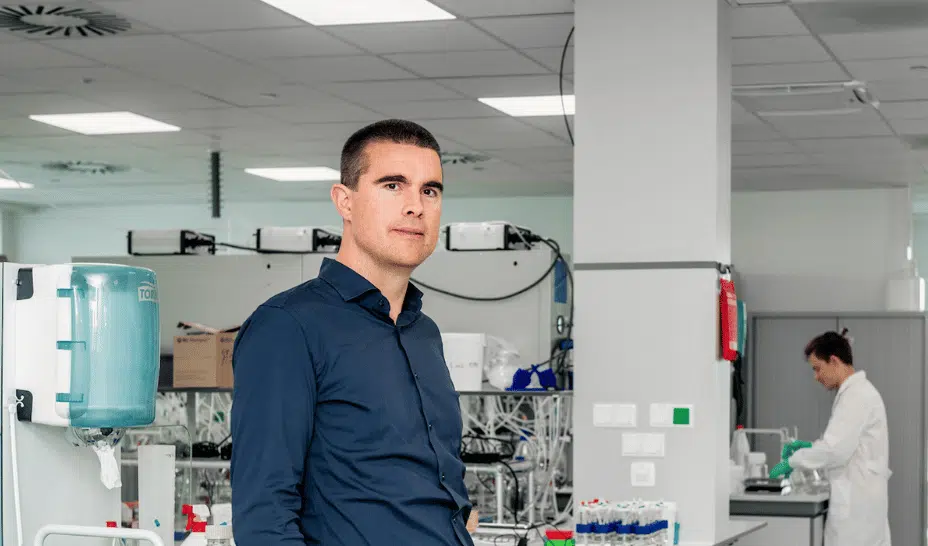AI Predicts the Enigmatic Origins of Tumors
Using artificial intelligence to predict the source of a tumor is something many of us would be accustomed to watching on an episode of Star Trek. Picture it: Dr. Crusher standing over ensign “red shirt,” asking the ship’s computer to scan the patient and tell her the origin of her potentially doomed shipmate’s cancer. Well, investigators at MIT and Dana-Farber Cancer Institute are taking a page out of sci-fi and making it a reality.
From this collaboration, scientists have unveiled a machine-learning model that promises to revolutionize how we approach cancers of unknown primary origin (CUP). This transformative tool, named OncoNPC, harnesses the power of artificial intelligence to predict the primary source of a patient's cancer, potentially guiding treatment decisions and improving outcomes for a group that has traditionally faced "dismal outcomes," as described by Dana-Farber researcher and senior author Alexander Gusev, PhD. Findings from the new study were published recently in Nature Medicine.
For a small percentage of cancer patients, the origin of their malignancy remains a mystery, making treatment decisions challenging. “This patient group has dismal outcomes,” Gusev emphasizes. However, the new model offers a glimmer of hope. “We see the OncoNPC prediction as a nudge, a way to provide a possible explanation for cancer that helps point to appropriate treatment, including precision medicine,” Gusev elaborates.
Intae Moon, an MIT graduate student in electrical engineering and computer science and the study's lead author, highlights the model's transparency, stating, “We thought that this transparency would help clinicians trust the model. It also could be clinically and biologically useful to see what genetic factors contributed to the model’s prediction, especially considering the enigmatic nature of CUP tumors.”
The OncoNPC model, short for Oncology NGS-based Primary cancer type Classifier, was trained on genetic data from nearly 30,000 patients and could predict the origins of tumors with an impressive 80% accuracy. When applied to a separate database of 971 CUP tumors, OncoNPC made high-confidence predictions for 41.2% of the cases. Validating these predictions, the team found that inherited germline cancer risks among these patients aligned with the model's predictions.
The implications of this research are profound. Not only does it offer a potential lifeline to patients diagnosed with CUP, but it also paves the way for more personalized treatment options. “That was the most important finding in our paper, that this model could be potentially used to aid treatment decisions, guiding doctors toward personalized treatments for patients with cancers of unknown primary origin,” Moon explains.
Furthermore, the model's predictions could enable approximately 2.2 times as many CUP patients to be matched to approved targeted medicines. “This could open the door to more precision treatment for these patients,” Gusev adds.
Looking ahead, the researchers are eager to expand the model's capabilities. They aim to incorporate additional diagnostic information, such as pathology results, and are keen to collaborate with community cancer centers to understand further how OncoNPC predictions could complement existing diagnostics.
The research, funded by esteemed organizations, including the National Institutes of Health and the Doris Duke Charitable Foundation, is a testament to the relentless pursuit of innovation in the field of oncology. As Dana-Farber Cancer Institute continues its mission to reduce the burden of cancer through scientific inquiry, clinical care, and advocacy, this groundbreaking study stands as a beacon of hope for patients worldwide.

.jpg)


.svg)









-min.png)

.gif)